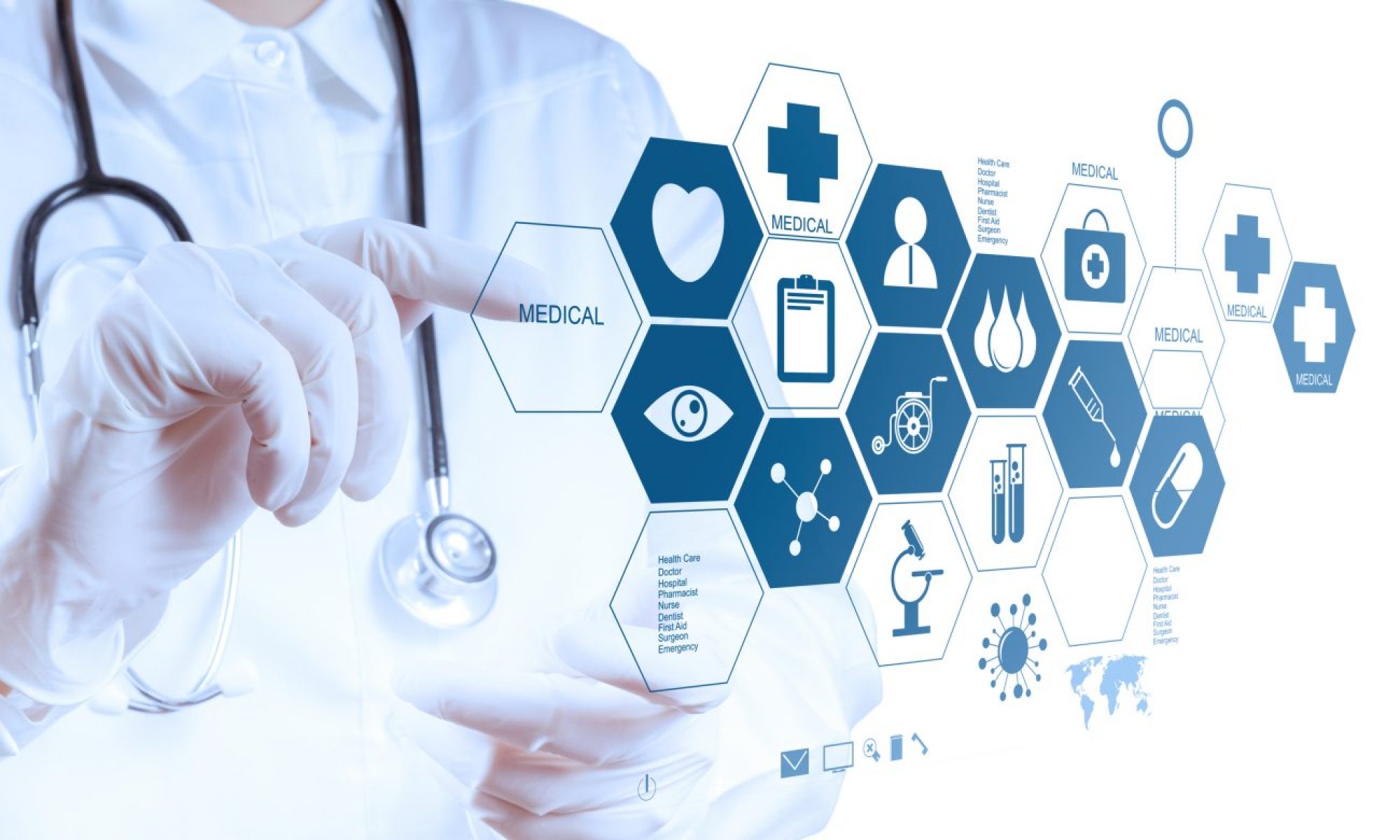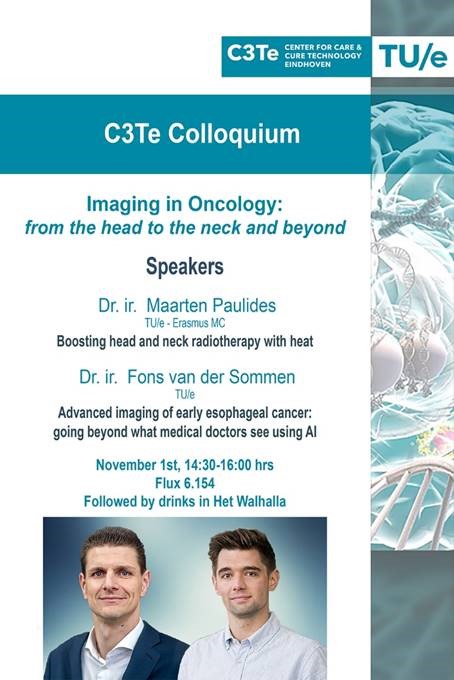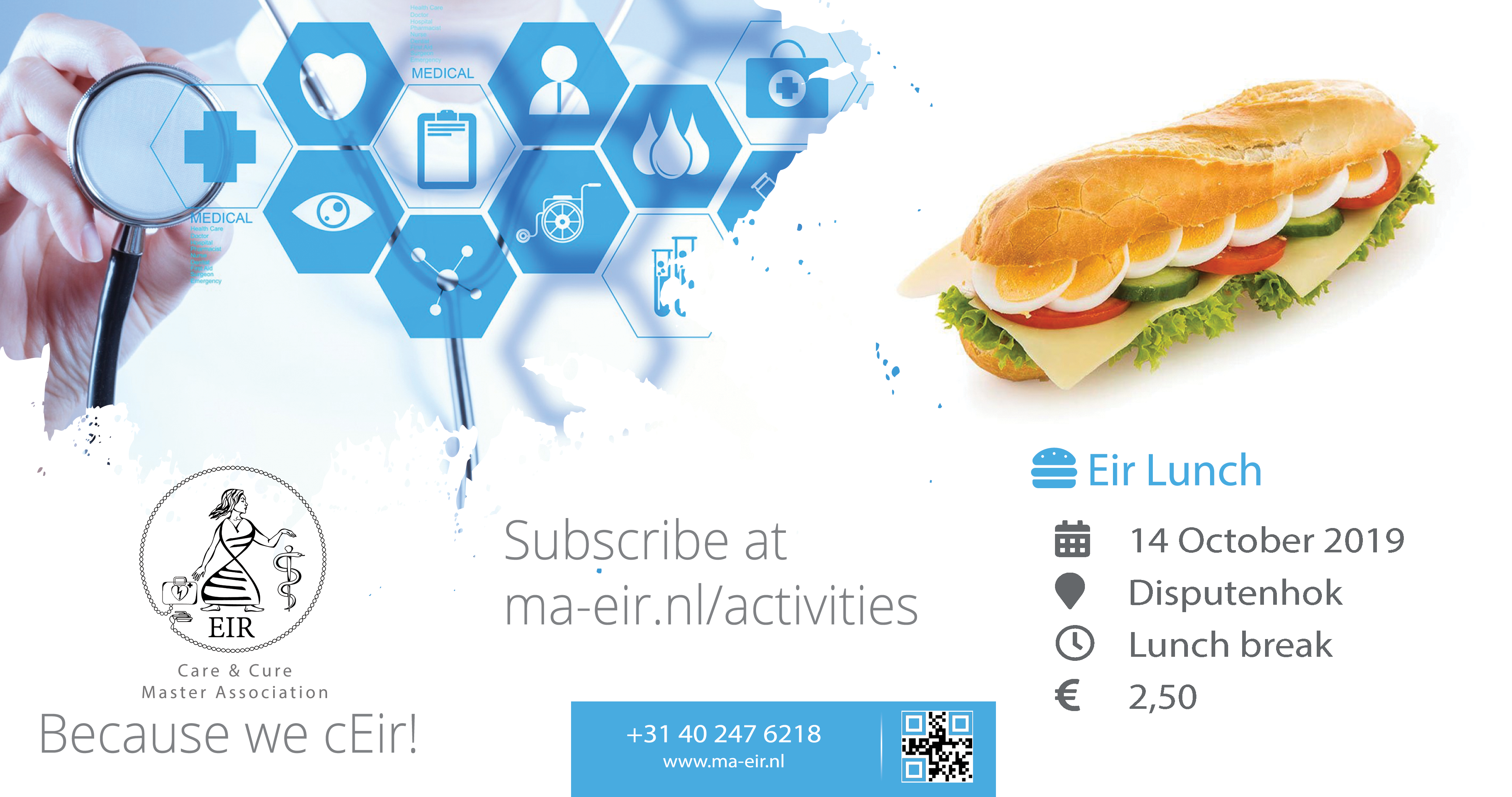
Eir has gotten the unique opportunity to see an fMRI scanner in action and we would like to invite our members to join us to experience this! This is a great opportunity to learn more about fMRI applications as well as see how research in this field is done. It takes place on the 13th of January in Kempenhaeghe 10:15-12:30. We will take the train from Eindhoven at 9:46 so make sure you’re there on time! We expect to be back around 13:15. We will need a volunteer to go in the scanner, so please let us know if you are interested (you have to be righthanded, and you will be participating in research using new fMRI techniques). If you have other questions, feel free to contact us: board@ma-eir.nl .



